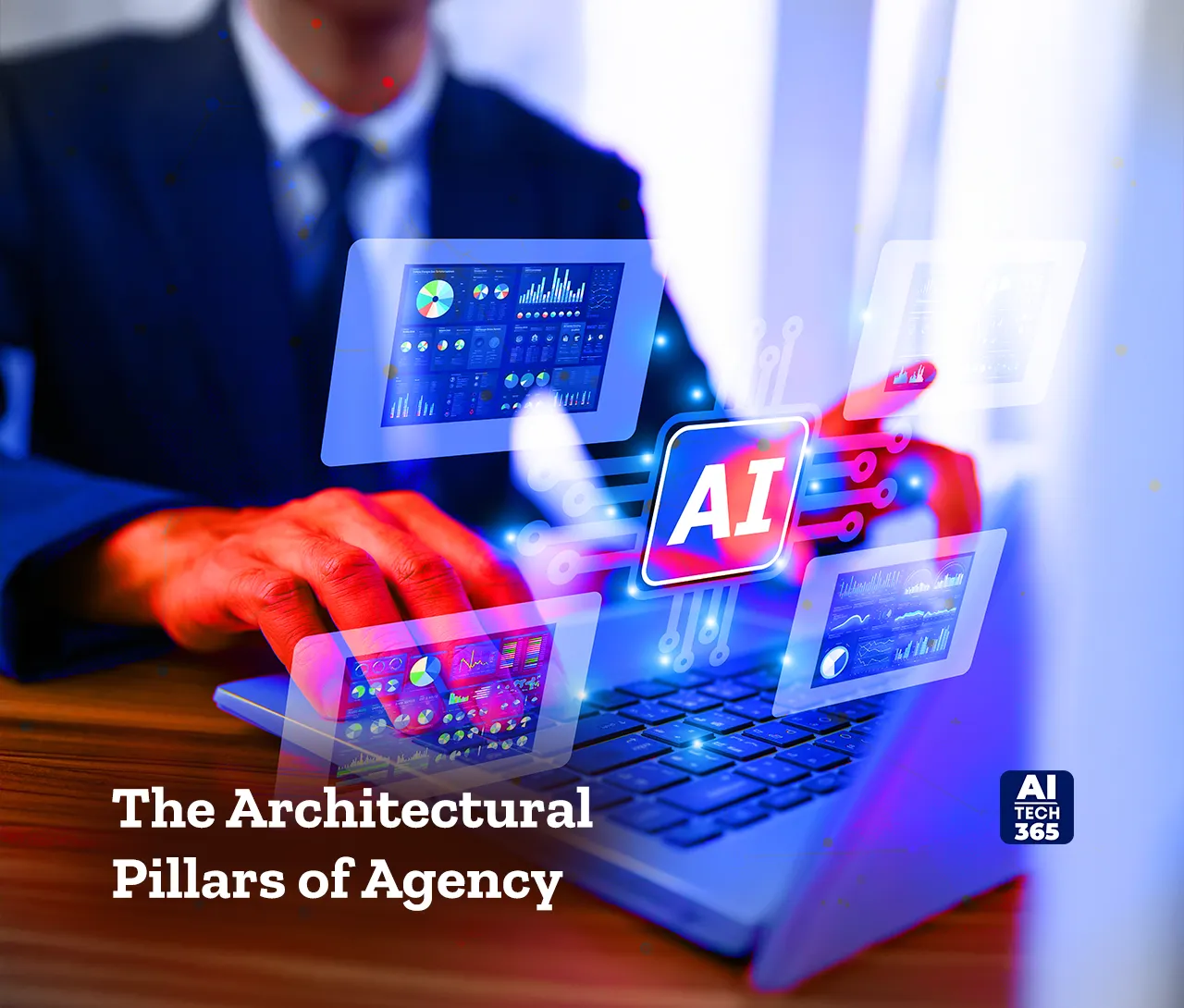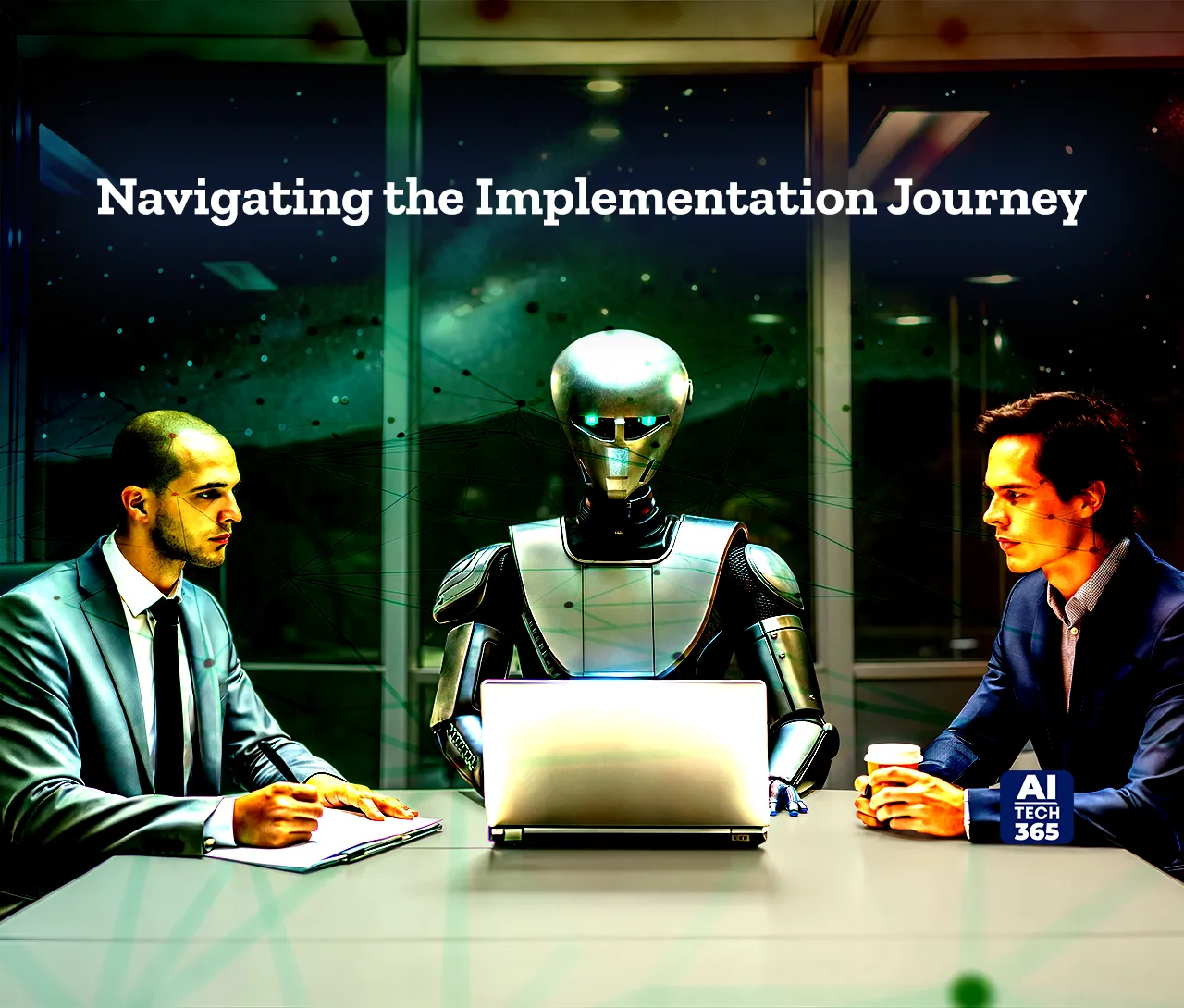For almost ten years, leaders in boardrooms and tech summits have pushed for data-driven decisions. We’ve invested billions in data lakes, warehouses, and advanced AI tools. In fact, the world’s biggest tech firms are projected to spend more than US$ 100 billion on AI infrastructure by 2025, with Amazon, Microsoft, Google, and Meta leading the race. These systems are brilliant historians and statisticians. They can accurately explain what happened, why it happened, and what could happen next. They’ve turned hindsight into a clear science. But despite their power, they are still, at heart, passive. They inform, but they do not act. They show the dashboard, point out the KPI, and flag the anomaly. Then, they stop. The key shift from insight to action relies on human operators. This creates a bottleneck that hinders the agility we wanted to achieve.
We’re now overcoming this key limitation. The next big change in intelligent automation goes beyond just better analytics. It’s about shifting from systems that watch to systems that manage. We are entering the era of Agentic AI. In this new phase, artificial intelligence does more than just give advice. It acts as an active and independent executor for complex tasks.
The Limits of Our Brilliant Assistants
Traditional AI and machine learning models are strong, but they only help with one key step in the operational value chain. Think about a top-notch predictive maintenance system in a factory. It can take in terabytes of sensor data. It spots patterns that people can’t see. It can predict motor failure with ninety-five percent confidence days in advance. This is a monumental achievement. Yet, the outcome of this brilliant prediction is typically an alert on a screen. A human manager must log into the system. Then, they review the report, authorize a work order, source the parts, and schedule a technician. The intelligence is real. However, the automation isn’t finished. The loop from diagnosis to resolution is still frustratingly manual.
This gap shows the biggest inefficiency in our AI stack. Studies show that unplanned downtime costs industries an estimated US$ 50 billion annually, while poor maintenance practices can reduce productive capacity by 5–20%. We have created a top-notch nervous system that can sense a pinprick. However, we don’t have the quick reflexes to pull away immediately. Agentic AI is the answer to this problem. It is the embodiment of that reflex.
Defining the Agentic Shift
So, what exactly is Agentic AI? Think of it not as a single model, but as an architectural framework. It is a system of AI agents. They sense their surroundings. They make decisions based on goals. Then, they act on their own to achieve those goals within a certain range. These agents work more independently than scripted automation or rule-based bots.
The key difference is agency. It means breaking big goals into clear steps. You can manage uncertainty and adjust to surprises on your own. You don’t need constant help from others. An AI analytics tool might tell you that a customer is at high risk of churning. An Agentic AI system can run a personalized win-back campaign on its own. It can create and send a custom email offer. It will apply a loyalty discount to the customer’s account. Then, it can schedule a follow-up task for a customer success manager. All actions are documented in your CRM.
The momentum is already building. Today, more than 80% of enterprises are actively investing in AI initiatives, aiming to improve decision-making and operational efficiency. Supporting this push, a recent survey revealed that 41% of organizations have shifted from cloud data warehouses and 23% from data lakes toward hybrid lakehouse models, with 85% leveraging them for AI model development.
Also Read: Why Multimodal RAG Is the Next Frontier for Real-World AI Applications
The Architectural Pillars of Agency
Building these systems requires moving from model-focused thinking to agentic architecture. This foundation rests on several key pillars. Autonomous goal decomposition allows an agent to take a complex command and split it into smaller, manageable sub-tasks. This needs strong reasoning skills. Large language models often help understand intent and context.
Contextual memory and learning help the agent recall past interactions. It learns from outcomes and uses that knowledge for future choices. This turns a single transaction into a continuous relationship. Tool use and API integration form the musculoskeletal system of the agent. Mastery means the agent can easily work with various software environments. This includes enterprise ERPs, CRMs, and cloud infrastructure controls. It uses these tools like hands to shape the digital world.
A strong safety and governance framework is essential. This includes features like adjustable autonomy levels, clear accountability trails for each action, and pre-defined guardrails. These guardrails help the agent stay within ethical and operational limits. This framework helps CTOs deploy agency confidently.
Real-World Orchestration
The theory is strong, but Agentic AI shows its true value in real-world use. In software development, we are shifting from co-pilots that suggest code to fully autonomous systems. These systems can handle a Jira ticket from start to finish. Picture an agent that can understand a feature request. It can write the code, run tests, fix errors, and submit a pull request for a final review by a human. This isn’t a distant future. Early versions of these capabilities are being added to platforms now.
In DevOps and cloud management, agentic systems are essential. An agent can do more than just alert a team about scaling issues. It can automatically add server instances, balance the load, and optimize resources in real-time. This helps maintain performance. Plus, it keeps a detailed log of its actions for future review.
One of the most transformative uses is end-to-end business process automation. Consider a complex process like employee onboarding. An Agentic AI can be tasked with ensuring a new hire is productive on day one.
It would then work with several systems:
- Creating IT tickets for laptop and access provisioning.
- Enrolling the employee in benefits platforms.
- Scheduling mandatory training sessions.
- Populating organizational charts.
It takes care of follow-up, exceptions, and communications. This lets HR professionals focus on the human side of their work.
Navigating the Implementation Journey
Adopting Agentic AI is a strategic evolution, not a simple plug-and-play project. The journey begins with a meticulous audit of your existing processes. The goal is to find areas with high-volume, repetitive decisions that still need human input to finish. These are the prime candidates for agentic automation.
A philosophy of iterative scaling is paramount. The best strategies begin with one focused agent. This agent should have a clear goal and limited authority. A pilot project that automates a tedious data reconciliation task between two systems can offer valuable lessons with low risk. This approach helps your team and technology grow together. It builds trust and improves governance models gradually.
Furthermore, the human element remains critical. The objective is not to replace people but to amplify their capabilities. This needs a clear focus on change management and new roles. Your engineers, analysts, and operators can focus on strategy. Meanwhile, agents take care of routine tasks. They can create agentic systems. They also manage exceptions and curate knowledge. They tackle tough problems needing human creativity and oversight.
The Future is Agentic
The shift from AI analytics to Agentic AI shows how the field has matured. It shows when we stop asking our AI just for answers. Instead, we start giving it goals to achieve. This is the next step in smart automation. We are shifting from just watching to actively managing.
For technology leaders, the mandate is clear. The competitive edge won’t go to those who just grasp their data quickly. Instead, it will favor those who can act on it the quickest. The era of the AI assistant is giving way to the era of the AI colleague. The challenge ahead is not only technological. It’s also architectural and philosophical. It’s about making reliable systems and building organizations that can use them well. The future is for those who can loosen their grip on the wheel. Let intelligent automation take the lead.





